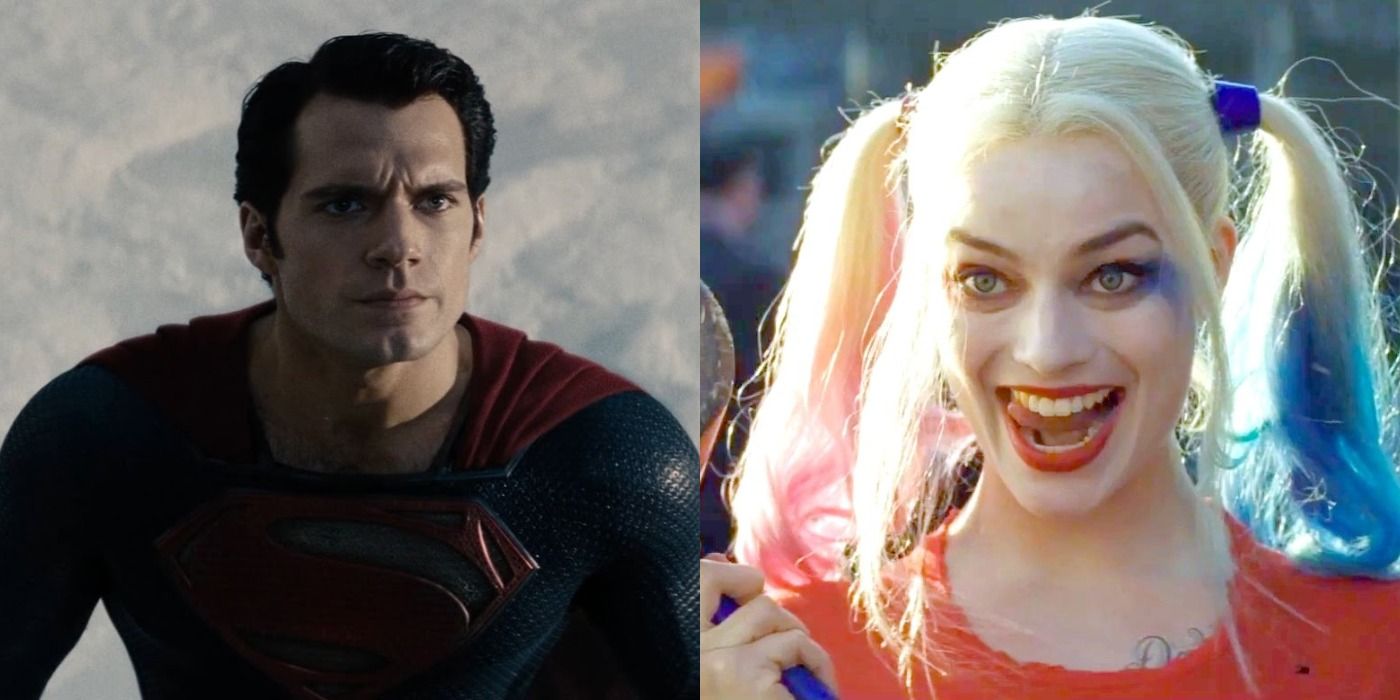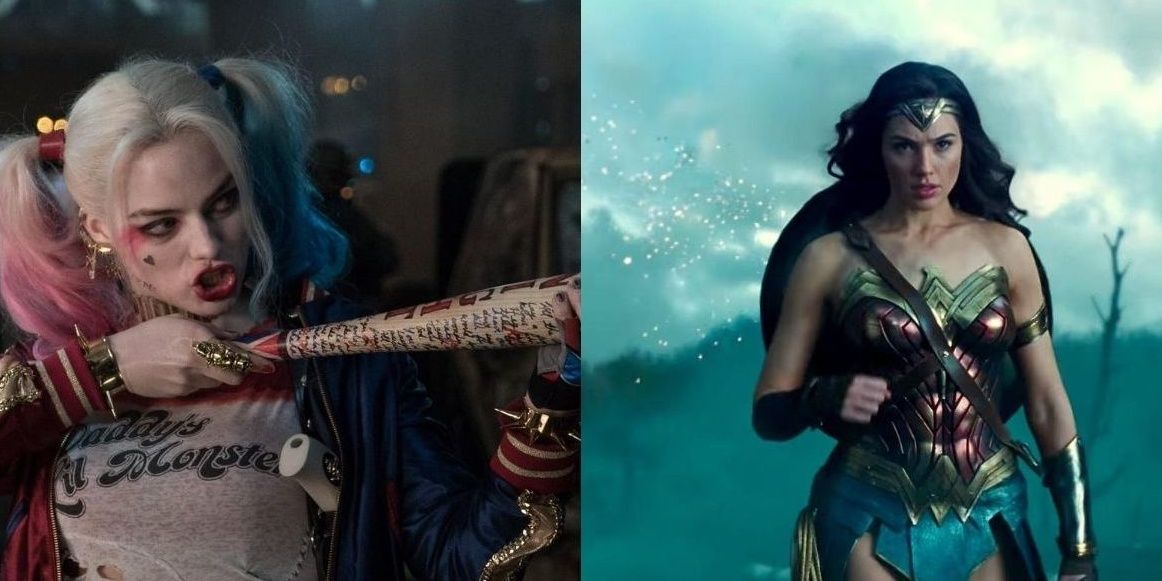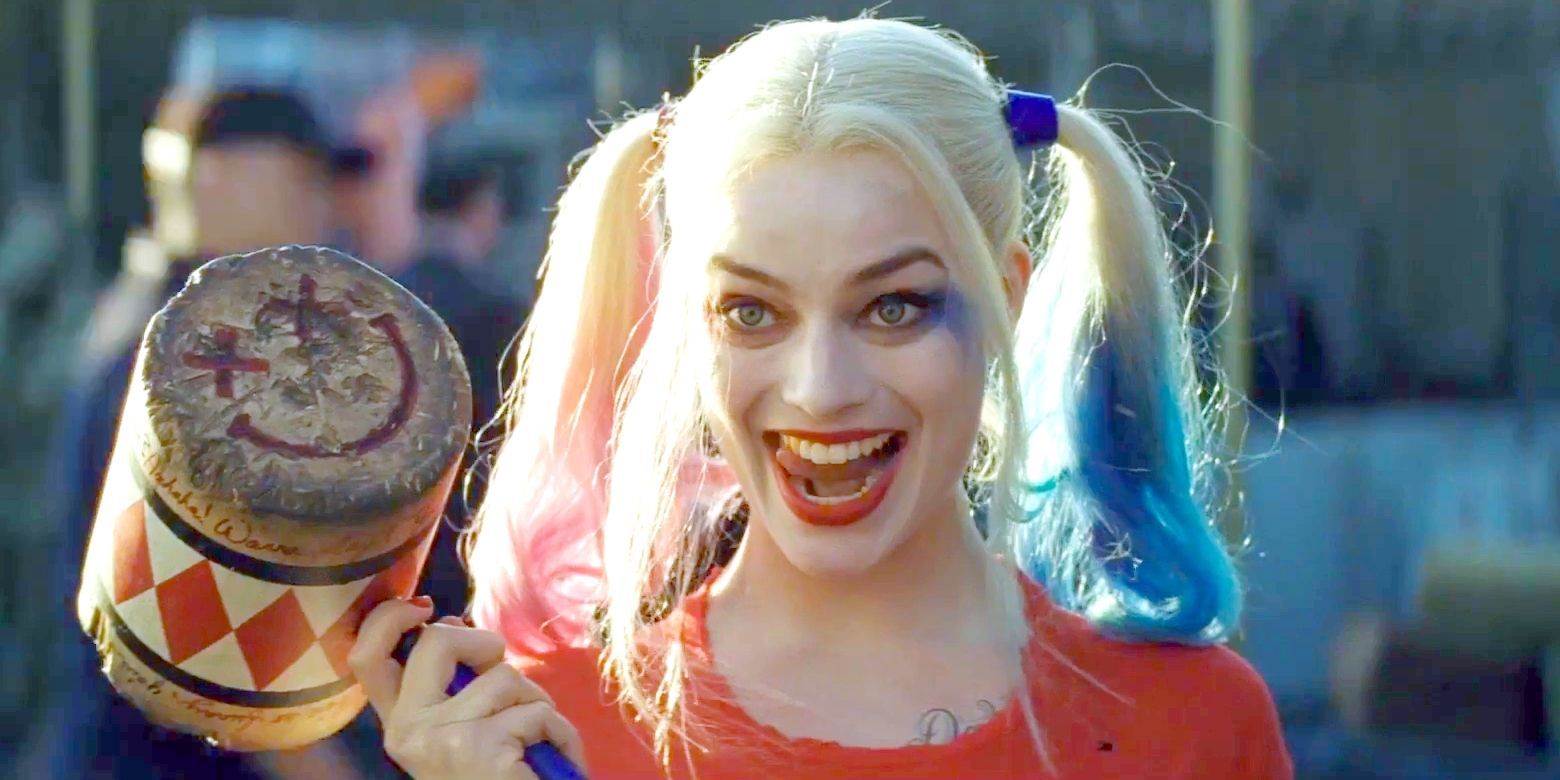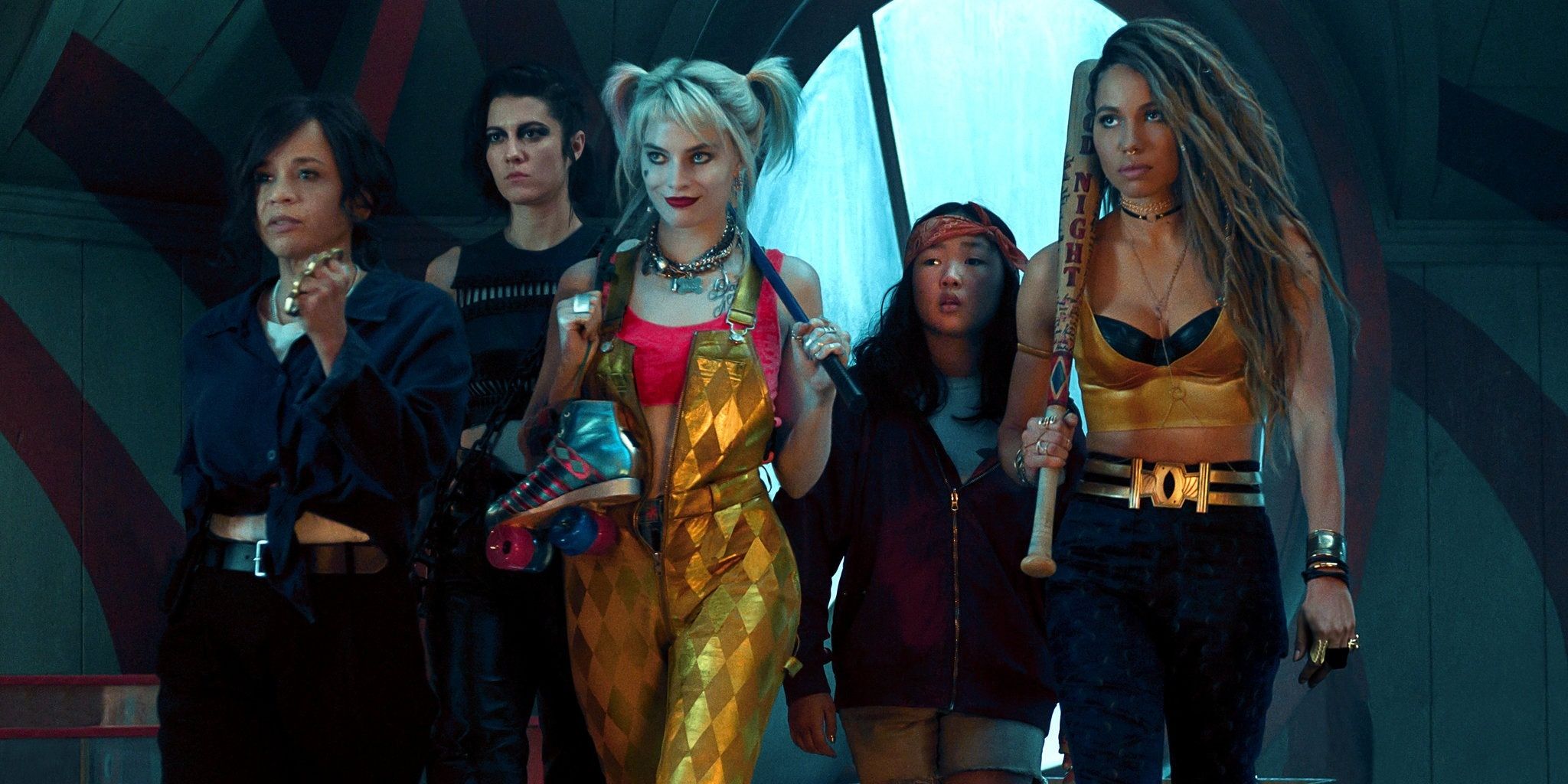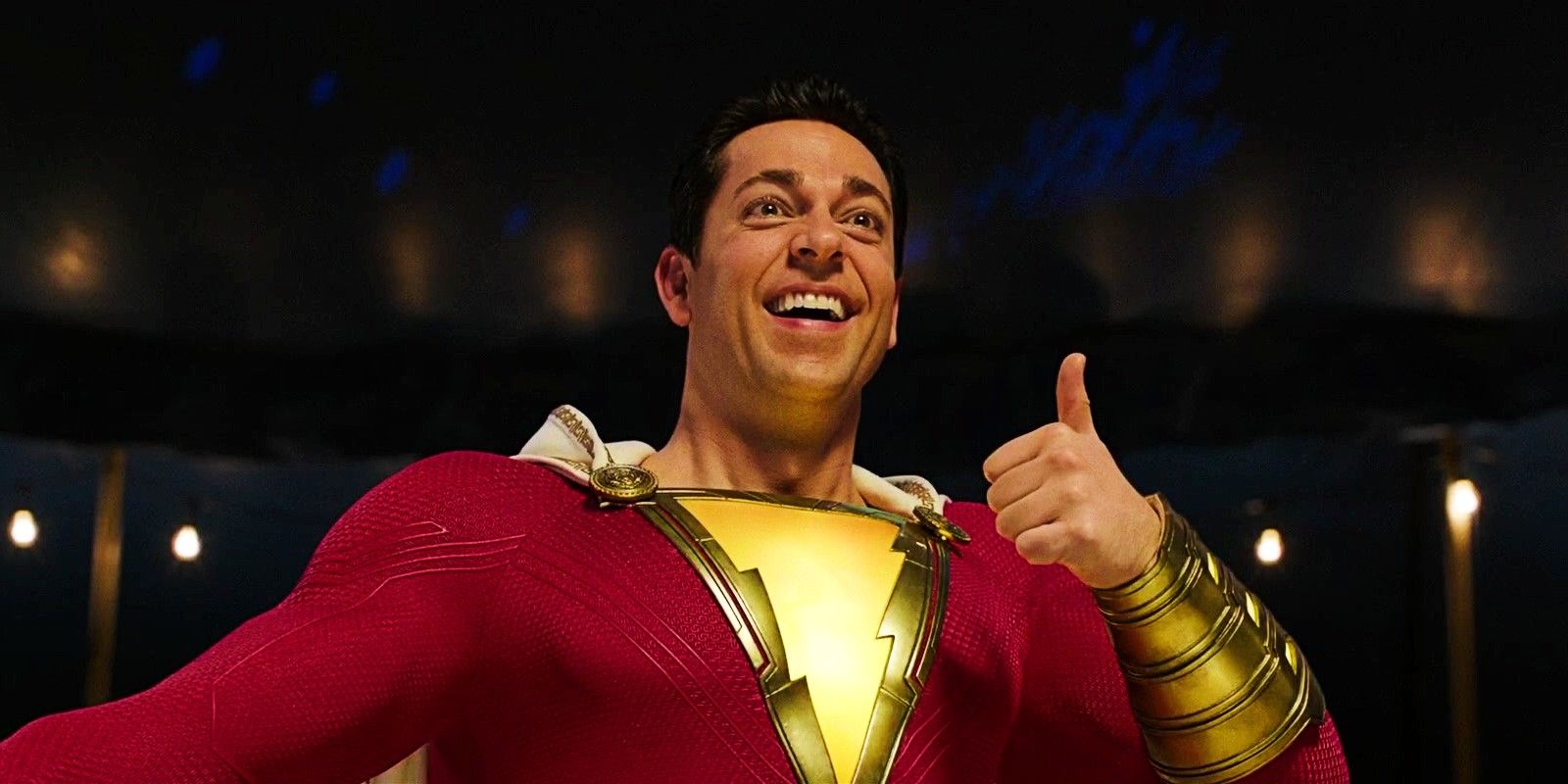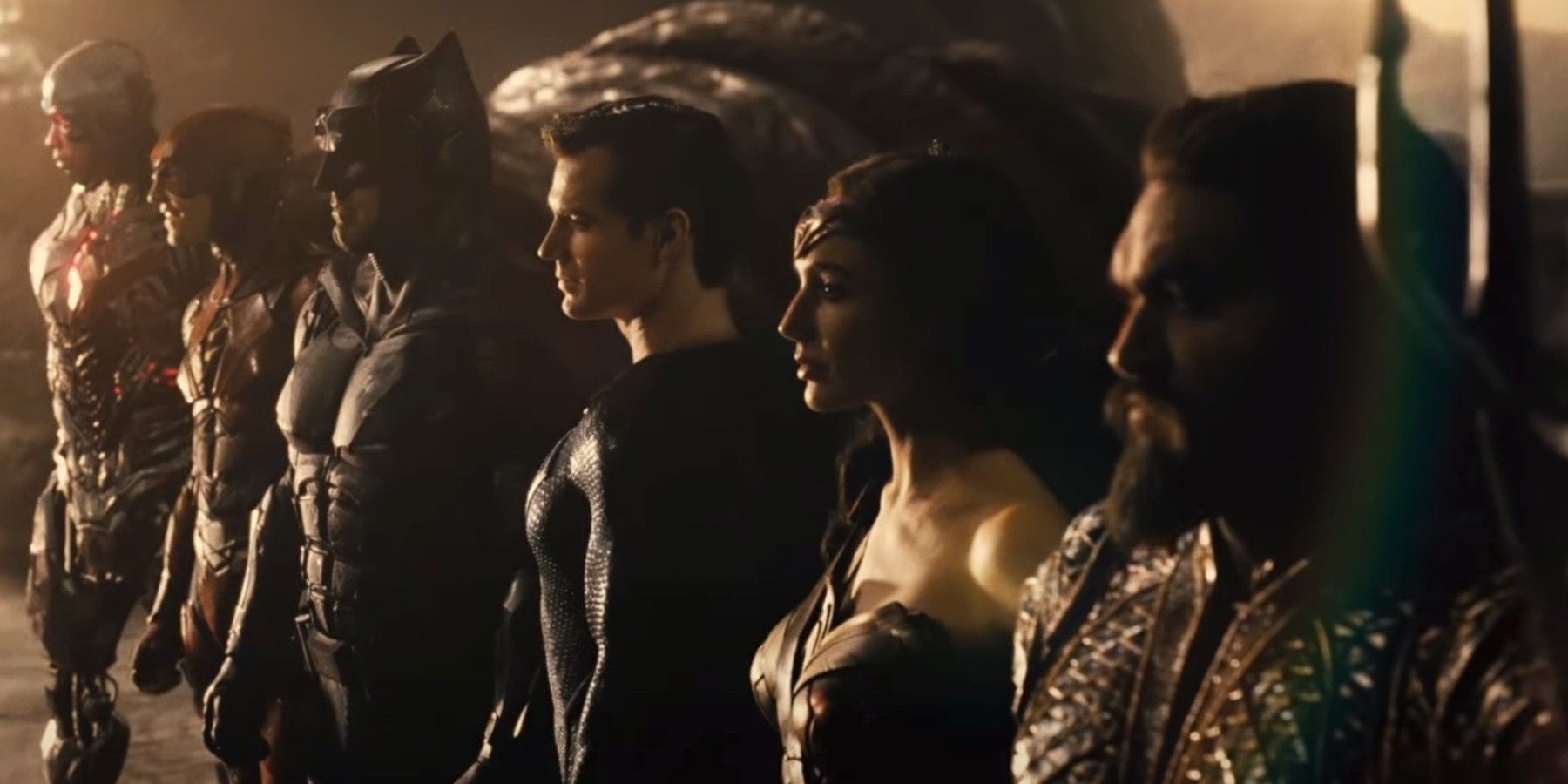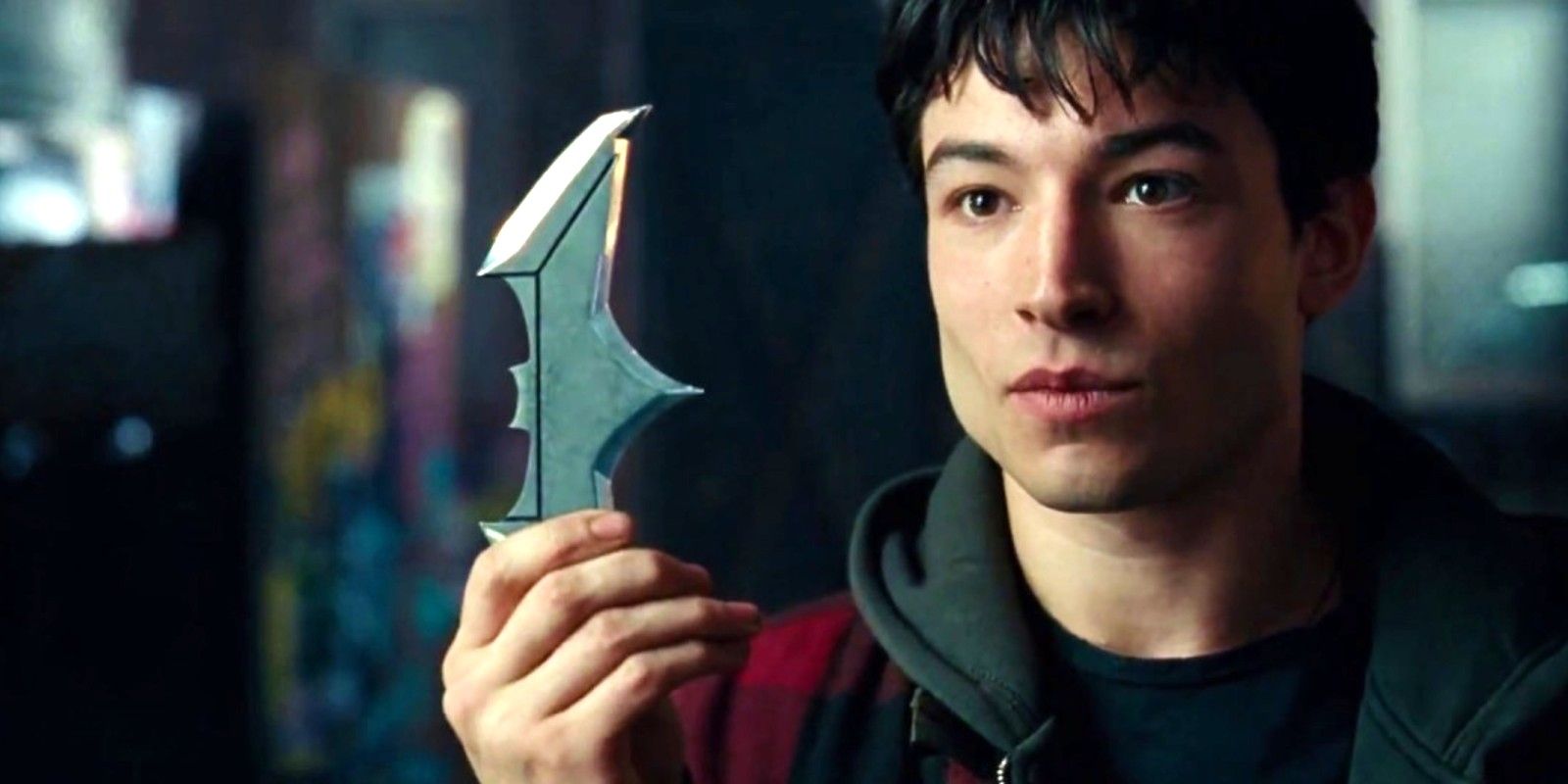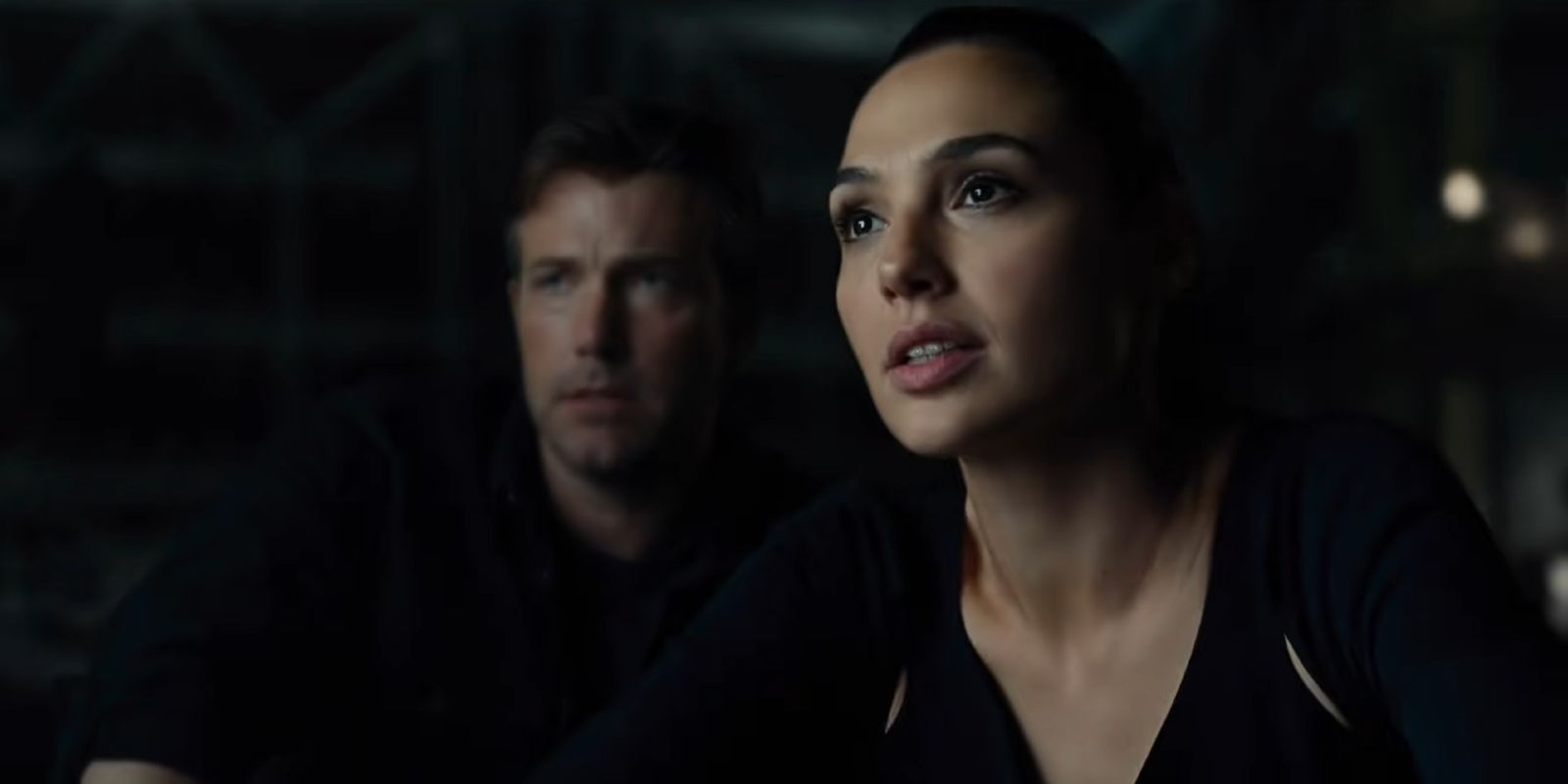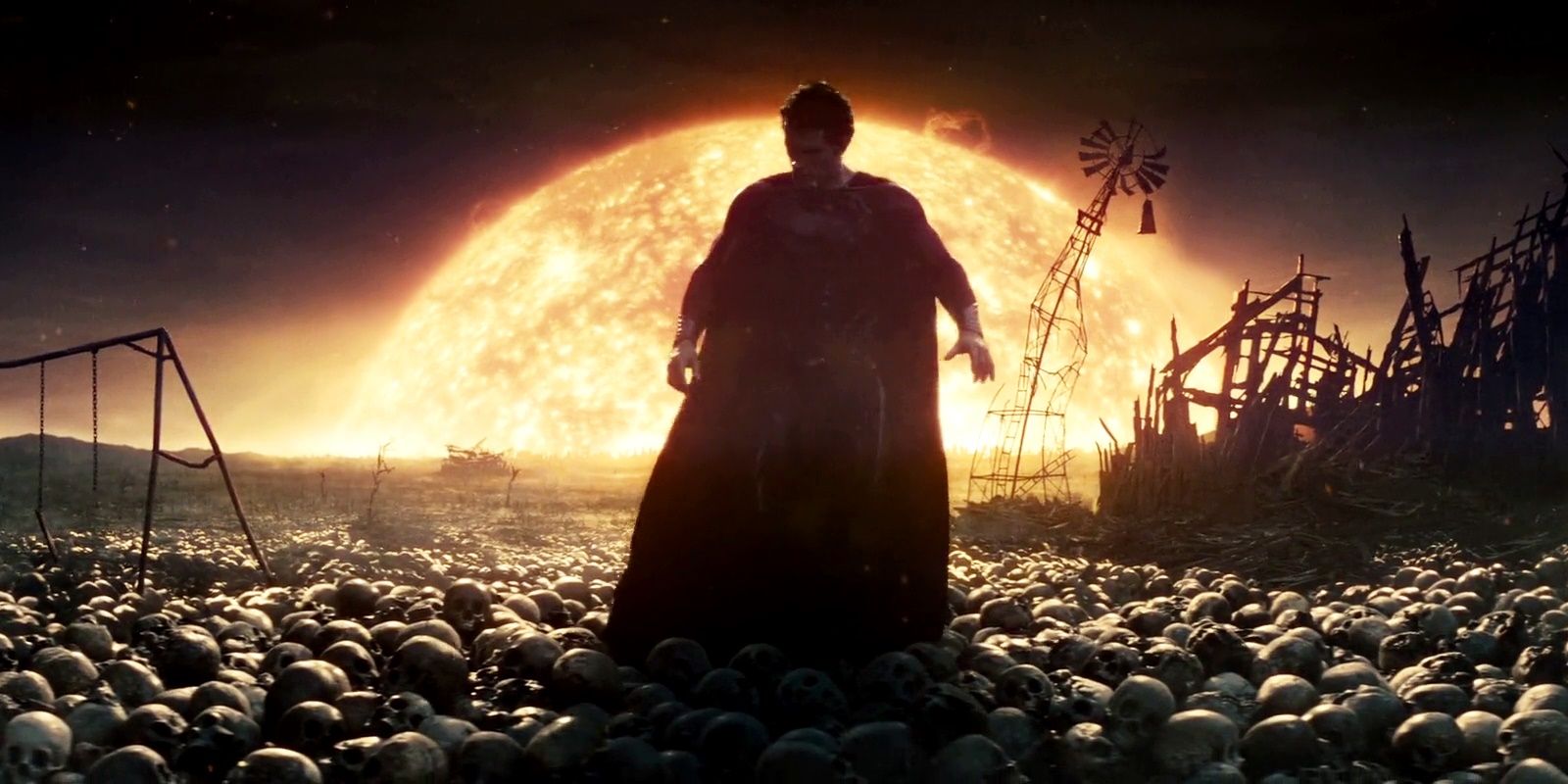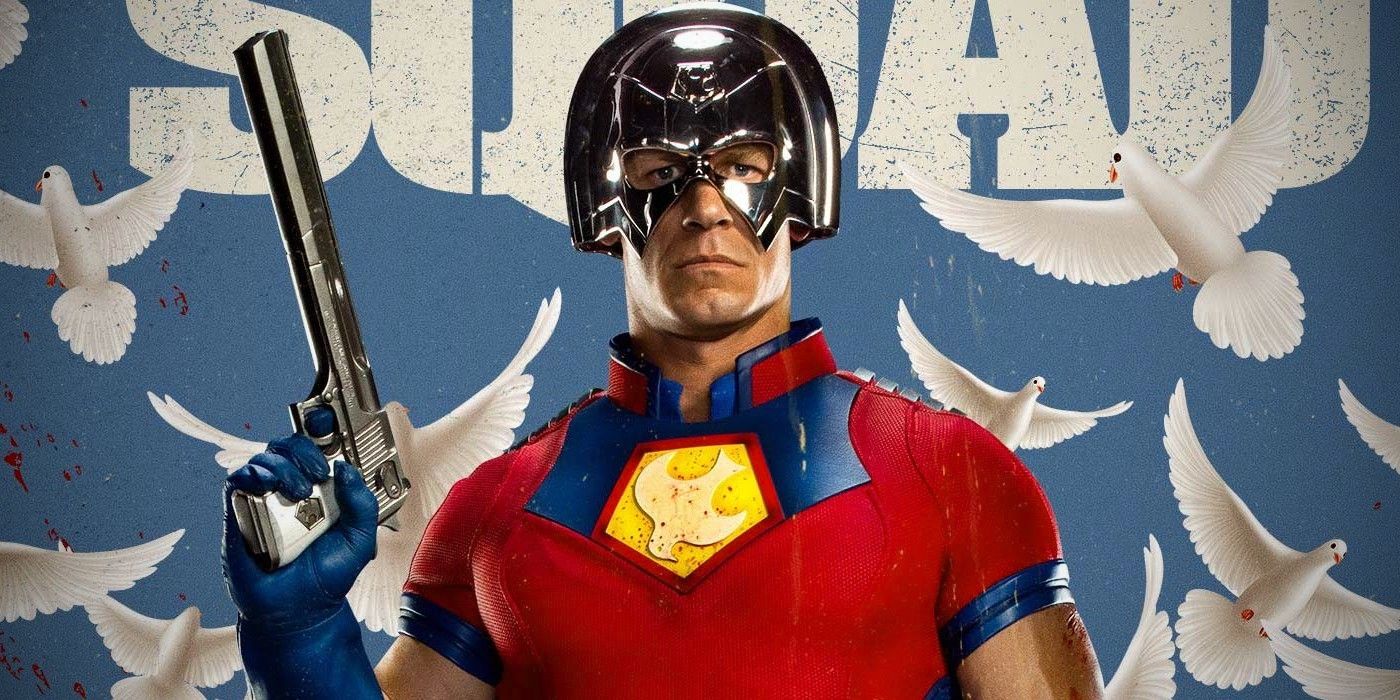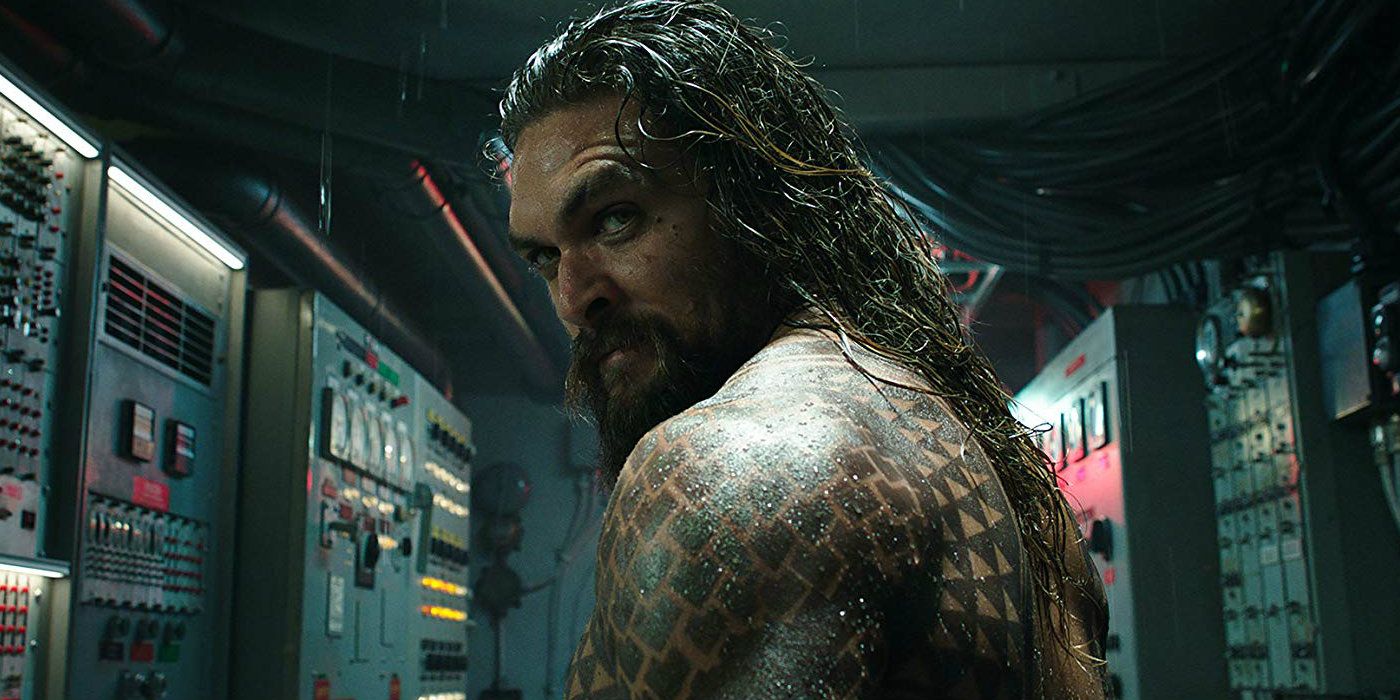The DC Extended Universe sure took its time to find its footing, as the template set by Man of Steel in the franchise’s first outing is far different from how the series is now. The Suicide Squad is perhaps the greatest indication of how the course has taken another direction, with the movie looking nothing like the Superman film.
Apart from the tone and presentation of the movies, the DCEU has also experienced changes in thematic qualities, along with the distribution of content. Those who started following the franchise from Man of Steel will be amazed at just how much focus has shifted, and it’s worth taking a recap before The Suicide Squad sets up the rest of the DCEU’s future.
Harley Quinn And Wonder Woman Have Become The Main Leads
Many fans spend a fair amount of time comparing and contrasting Harley Quinn and Wonder Woman in the DCEU, which is understandable, since they’re the most featured characters in the franchise now. Although the series started with Superman in the lead, it’s now evolved into placing Harley and Diana at the forefront.
Harley’s led two films with Birds of Prey and Suicide Squad, while Wonder Woman will be the first hero to get a trilogy and was placed as the leader of the Justice League. Most would have thought Superman was set to be the main protagonist due to Man of Steel, but the character has been inactive for half a decade by now.
Comedy Has Become A Vital Aspect
The directing style of Zack Snyder for Man of Steel was such that it was treated as a serious movie with little to no comedic moments. Nowadays, the series has taken a different turn, as many modern DCEU actors are known for their comedy, including Zachary Levi, John Cena, among others.
Movies like Suicide Squad and Shazam! place a heavy emphasis on the delivery of jokes, while even more serious characters like Aquaman and Wonder Woman have humor in their films. This has become a vital part of the heroes’ characterizations as well, with Harley being a jokester all the time and Shazam being funny in a naive way.
Characters' Powers Aren't The Main Focus
The first movie in the DCEU featured Superman, a character who has too many powers to count. However, the importance of these abilities has been downplayed over the years, with emphasis on other themes, such as the importance of family, independence, and teamwork.
This change was best seen in Wonder Woman 1984, where the main plot point was of Diana renouncing her powers and then rediscovering her self-worth. Other movies like Shazam! and Aquaman have also focused on the protagonists accepting responsibility instead of too much exploration of their powers. This is a big swerve from how Man of Steel had dedicated a lot of time to showcasing Superman’s abilities.
Earth-Based Heroes Are Given More Importance
The issue of a powerful alien amongst humans was particularly addressed in Man of Steel, whose villain was also Kryptonian. Batman v Superman and Justice League followed through with this later, but the DCEU has since shifted to giving more weight to superheroes from Earth.
Powerful characters like Aquaman, Shazam, and Wonder Woman have all been from Earth, and their villains and supporting characters are relative to their backgrounds. The big build-up to Darkseid’s invasion or further Kryptonians has been phased out, as the potential of Earth-based storylines is now explored.
Films Are Released At Frequent Intervals
Man of Steel is the only movie that had significant breathing space between its release and the follow-up, with three years taken for Batman v Superman to continue the story. To this end, fans had a lot of time to contemplate and speculate what was in store.
Nowadays, the DCEU has made the practice of frequently releasing new installments to keep viewers interested rather than bank on long-term loyalty. Where Man of Steel’s story was meant to be a slow burner, the series now resolves these plot threads fairly quickly.
Universe-Building Has Taken A Backseat In Favor Of Standalone Stories
There were many references alluding to the larger world in Man of Steel, as the reveal of Krypton and alien forces in the first movie was a way for the DCEU to set up the future for a wide-reaching universe. This was then followed up in Batman v Superman by showing the Justice League members.
However, the common practice now is to deliver standalone stories with very vague hints to other characters in the DCEU. Aquaman didn’t have full references to the Justice League, much as Shazam! only had a partial cameo from Superman. The series has essentially decided upon releasing movies that can be seen on their own without the need to watch prior entries.
There Are Two Continuities Now
The Man of Steel continuity is one that ties into the movie’s plotline of Superman potentially becoming evil and seems to have stopped by Zack Snyder’s Justice League. Zack Snyder intended for an overarching storyline to continue across multiple movies until Joss Whedon's Justice League cut changed that.
With the release of the Snyder Cut, there are now two continuities that the series contains. The DCEU has now shifted gears into following Whedon’s plot, which disregards the threat of Kryptonians and Darkseid and the future is instead built through the separate storylines of each superhero’s movie.
Movies Don't Have Allegorical References
The serious tone of Man of Steel also saw the movie contain numerous Christian metaphors - Superman was a prophet, there were references to the Passion of Christ, Superman and Jesus were the same age, and there was an allegory to the Trinity.
This level of symbolism has since been removed from DCEU movies in favor of either straight-up superhero tropes or themes such as friendship and family. These aren’t alluded to either, as they form part of the story and are meant to be understood rather than analyzed.
The Series Has Branched Out Into Television
There were hopes that Man of Steel would be successful enough to warrant a cinematic universe, with no talks of television series set in the same continuity. The DCEU has changed course here, though, as it’s set to fully venture into the small screen with the Peacemaker series.
It originally transitioned to TV by connecting to the Arrowverse in The CW series The Flash, with the DCEU Barry Allen coming across his Arrowverse counterpart. However, with the universe branching out further, there are more shows like Justice League Dark and Constantine under consideration.
Hero Characterizations Aren't Clear-Cut
Superman is easily the most cookie-cutter of superheroes there are, with the character being inherently good and selfless. The first movie presented the first protagonist of the DCEU in this light, as Superman retained his moral compass despite being ridiculed by humans.
However, the DCEU has since opted to make its lead characters more ambiguous where morality is concerned. This applies to all members of the Suicide Squad who still act as villains, whereas heroes like Aquaman are also fully willing to let antagonists perish without showing any guilt as Superman did.

